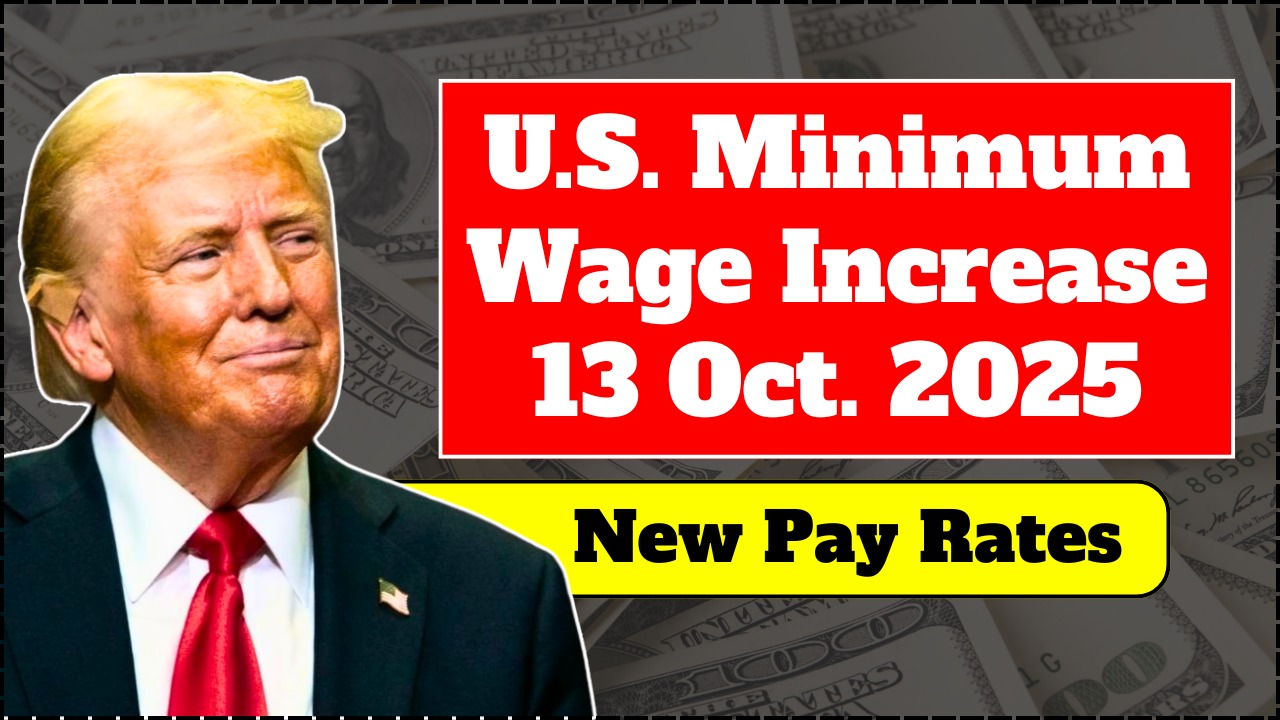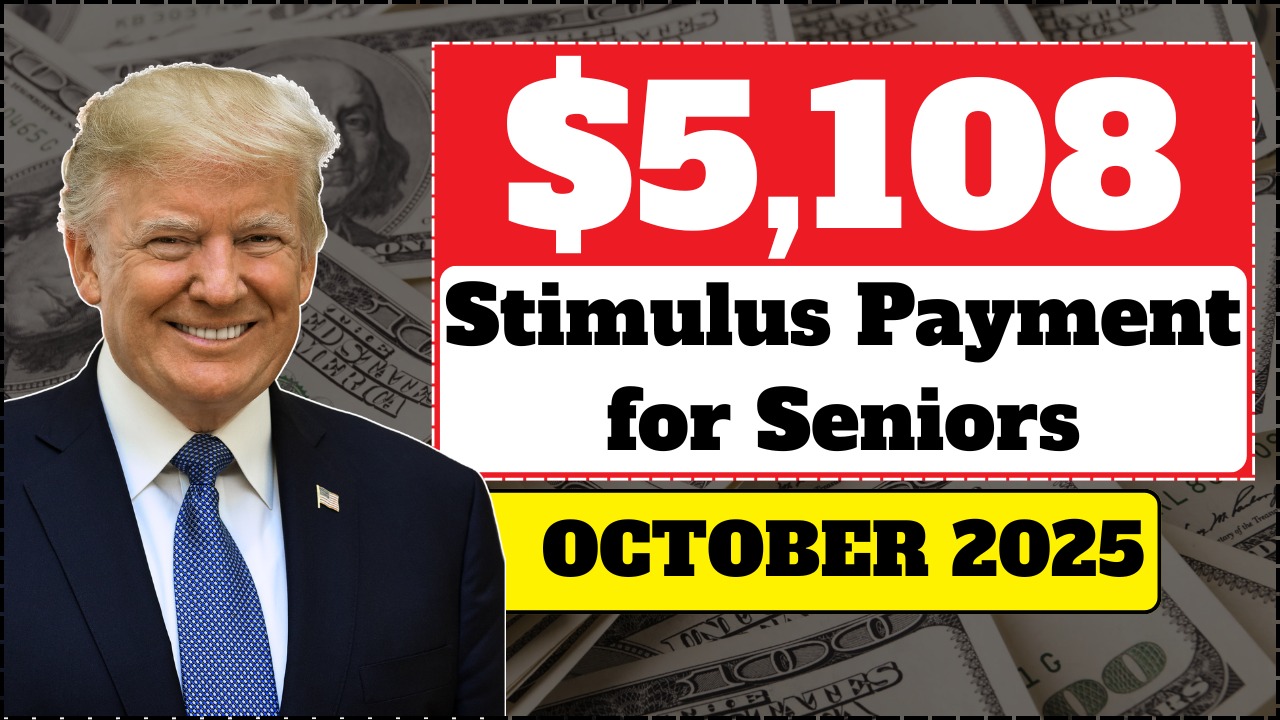Have you ever thought that the spare change in your wallet could make you a millionaire? Believe it or not, some rare U.S. dimes and Bicentennial quarters are worth staggering amounts — some fetching as much as $350 million combined in collector value. These valuable coins might be sitting unnoticed in your coin jar, waiting to be discovered. Let’s explore which ones to look for, what makes them special, and how to check if you already own one.
Why Some Dimes and Quarters Are Worth a Fortune
Not all coins are created equal. A few become highly valuable because of minting errors, limited production, or historical relevance. For example, a coin with a double strike, missing mint mark, or unique metal composition can quickly catch the attention of collectors.
The 1976 Bicentennial quarters, released to celebrate America’s 200th birthday, are among the most famous. While most are worth face value, rare versions in mint condition or with specific errors have sold for thousands — even millions — at auction.
What Makes a Coin Rare?
Four main factors determine a coin’s rarity and value:
| Factor | Why It Matters |
|---|---|
| Low Mintage | Fewer coins made means higher demand. |
| Minting Errors | Mistakes during production make coins unique. |
| Historical Importance | Coins tied to major events like the Bicentennial gain sentimental and collector value. |
| Condition | Uncirculated or proof coins are far more valuable than worn ones. |
Most Valuable Dimes to Watch For
Some dimes have reached record-breaking auction prices because of their scarcity or striking errors. Below are the top contenders you should look out for.
1. 1894-S Barber Dime
Only 24 were ever minted, and just nine are known to exist today. One sold for $1.9 million in 2007.
- How to Identify: Look for the “S” mint mark (San Francisco) and the year 1894.
- Estimated Value: Up to $2 million.
2. 1916-D Mercury Dime
With only 264,000 produced, this Denver-minted dime is highly sought after. Uncirculated versions can bring in six figures.
- How to Identify: Check for a “D” mint mark (Denver) and the year 1916.
- Estimated Value: $50,000–$200,000.
3. 1968 No-S Proof Roosevelt Dime
This proof coin was mistakenly struck without the “S” mint mark, making it extremely rare. Only a few exist.
- How to Identify: A 1968 dime with no mint mark in proof condition.
- Estimated Value: Up to $20,000.
Rare Bicentennial Quarters to Look For
The 1976 Bicentennial quarter was released to commemorate 200 years of American independence. While most are worth just 25 cents, specific varieties have become collector’s gold.
1. 1976-S Silver Bicentennial Quarter
Made with 40% silver and sold in collector sets, these coins shine brighter — both literally and in value.
- How to Identify: Look for the “S” mint mark and a proof-like silver finish.
- Estimated Value: $10–$100 (circulated) to $5,000 (uncirculated).
2. 1976-D Double Die Obverse
A striking error during minting caused visible doubling on the text and numbers, making these quarters rare and valuable.
- How to Identify: Doubling on “LIBERTY” or the “1976” date.
- Estimated Value: $500–$2,000.
3. 1976 No Mint Mark Quarter
A rare batch was minted without any mint mark, making them stand out among the millions of regular issues.
- How to Identify: A 1976 quarter with no mint mark under Washington’s portrait.
- Estimated Value: $1,000–$10,000.
Most Valuable Dimes and Bicentennial Quarters
| Coin Type | Key Feature | Estimated Value |
|---|---|---|
| 1894-S Barber Dime | “S” mint mark, 1894 | Up to $2 million |
| 1916-D Mercury Dime | “D” mint mark, 1916 | $50,000–$200,000 |
| 1968 No-S Proof Dime | No mint mark | Up to $20,000 |
| 1976-S Silver Bicentennial Quarter | Silver content, “S” mint mark | $10–$5,000 |
| 1976-D Double Die Obverse | Doubling on text/date | $500–$2,000 |
| 1976 No Mint Mark Quarter | No mint mark, 1976 | $1,000–$10,000 |
How to Check If Your Coins Are Valuable
You don’t need to be a professional numismatist to identify rare coins. Here’s a quick guide:
- Look for the Date and Mint Mark – Focus on older coins (pre-1965) and check for mint marks like D, S, or P.
- Check for Errors – Use a magnifying glass to spot doubled letters, missing marks, or odd metal finishes.
- Evaluate the Condition – Uncirculated coins are worth significantly more than worn ones. Avoid cleaning them.
- Use a Coin Reference Guide – Compare your coin with verified images on collector sites or grading services.
- Get a Professional Opinion – If your coin looks promising, visit a certified appraiser or submit it to grading agencies like PCGS or NGC.
Best Ways to Sell Rare Coins
If you discover a valuable piece, handle it carefully and follow these tips:
- Don’t Clean It: Cleaning can scratch and reduce its value.
- Get It Graded: Certification adds trust and boosts resale potential.
- Use Trusted Platforms: Auction houses and professional coin dealers often bring the best prices.
- Track Market Trends: Research recent auction results to know your coin’s true worth.
Where to Search for Rare Coins
- Pocket Change: Always check your loose coins before spending them.
- Inherited Collections: Old family coin sets can hide rare gems.
- Bank Rolls: Buy rolls from banks — treasure hunters often find surprises.
- Estate Sales or Flea Markets: Great spots for overlooked historical coins.
The Truth Behind the “$350 Million Coin” Claim
While no single coin has ever sold for $350 million, the combined value of rare coins like the 1894-S Barber Dime, 1916-D Mercury Dime, and high-grade Bicentennial quarters can add up to that incredible figure. For reference, the 1933 Double Eagle gold coin holds the record for the most expensive single coin, selling for $18.9 million in 2021.
Start Your Coin Treasure Hunt Today
Rare coins tell stories of history, artistry, and chance. Whether you’re a collector or just curious, take a closer look at the dimes and quarters lying around your home. Who knows — your next grocery store quarter could be worth more than a car. Start your treasure hunt today and turn your pocket change into potential fortune.
FAQs
Q1: Are all 1976 Bicentennial quarters valuable?
Only rare silver or error versions hold high value; regular ones are worth 25 cents.
Q2: How can I check if my dime is rare?
Look for the year, mint mark, and any visible minting errors using a magnifying glass.
Q3: Where can I verify coin authenticity?
Visit official grading agencies such as U.S. Mint or submit your coin to PCGS or NGC.





